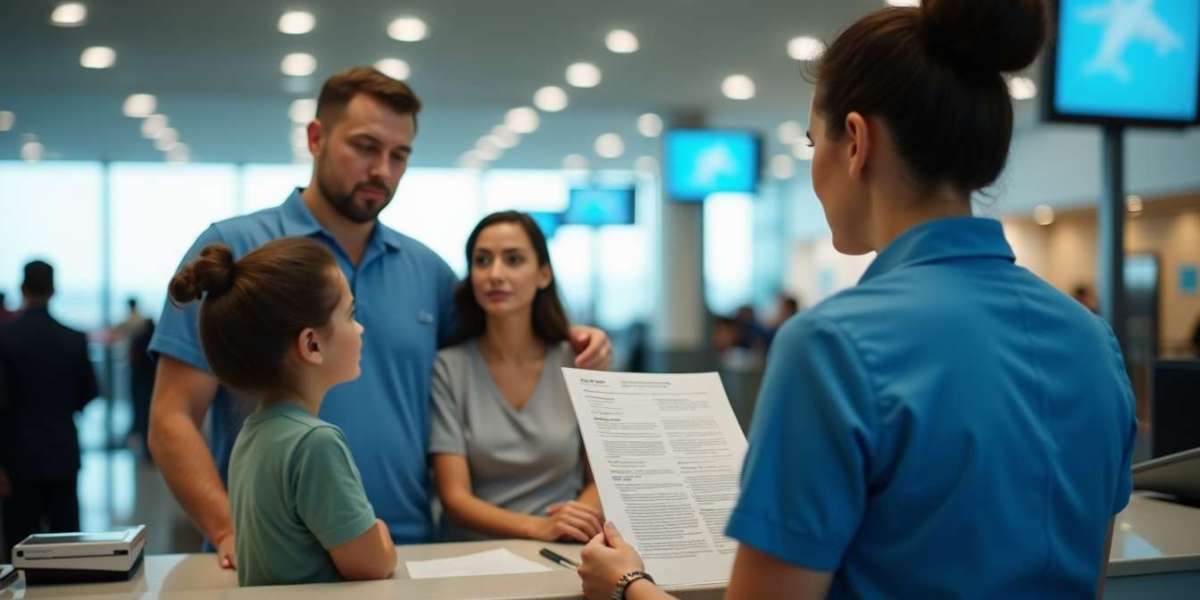Getting ready for a trip is always exciting, but a sudden chickenpox diagnosis—whether it's you or a family member—can throw a wrench in your plans. Chickenpox, a highly contagious virus, can affect not only your health but also your ability to travel, especially by air. So, what should you know before packing your bags?
Understanding the Basics
Chickenpox, caused by the varicella-zoster virus, is known for its itchy rash, fever, and general fatigue. It’s most contagious one to two days before the rash appears and remains so until all blisters have crusted over. This period usually lasts 5 to 7 days, but it can vary.
When you're planning to travel, especially by airplane, timing is everything. Airlines, understandably, have health policies to protect all passengers. If you're wondering, can you fly with chickenpox, the answer depends on your stage of illness and the specific airline's rules.
Airline Policies and Medical Clearance
Most airlines do not allow passengers to fly during the contagious phase of chickenpox. To board a flight, you may need a doctor’s note confirming you're no longer infectious. This is especially important if visible rashes or scabs are still present. Some airlines may even ask for a fit-to-fly certificate from a licensed physician.
Each airline has its own policy, but most follow similar health and safety standards. It’s always best to check directly with your airline as soon as you're diagnosed.
Travel Insurance and Flexibility
If you’ve booked your tickets and suddenly find yourself dealing with chickenpox, having travel insurance that covers medical-related cancellations or delays can be a lifesaver. Look for policies that specifically mention coverage for contagious diseases or unexpected illness.
If you didn’t get insurance, try contacting the airline to reschedule or request a travel credit. Many carriers are flexible with medical situations, especially if you provide documentation.
Tips for Recovery and Future Travel
- Stay home and rest until all blisters have fully scabbed over. This helps you heal and protects others.
- Stay hydrated and follow any treatment plan provided by your doctor.
- Avoid public spaces, including airports, until you're no longer contagious.
- Once recovered, there’s no restriction on flying—but always keep proof of recovery or a doctor's note just in case.
Final Thoughts
A chickenpox diagnosis doesn’t have to mean the end of your travel plans—it just means a little more patience and planning. Understanding when it’s safe to fly and working with your airline can make the process smoother. So, the next time you’re asking, can you fly with chickenpox, remember: safety first, for you and those around you.



